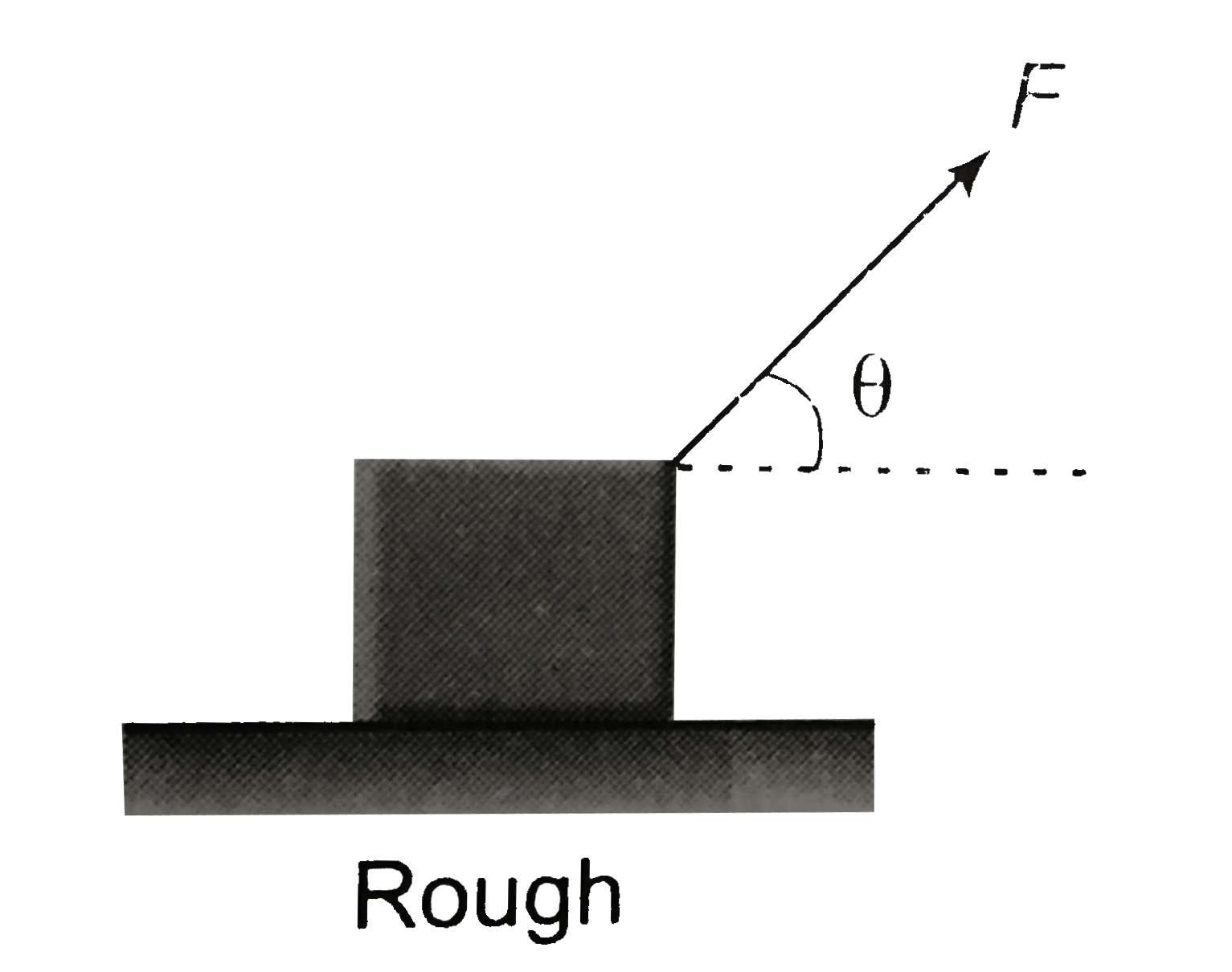Define angle of friction and angle of repose. Show that both are numerically equal.
To solve the question, we will define the angle of friction and the angle of repose, and then we will show that both are numerically equal.
Step 1: Define the Angle of Friction
The angle of friction (θ_f) is defined as the angle between the normal force (N) and the resultant force (R) acting on an object that is about to move or is moving on a surface. It is related to the coefficient of friction (μ) by the equation:
tan(θf)=μ
Step 2: Define the Angle of Repose
The angle of repose (θ_r) is defined as the maximum angle of inclination of a surface at which an object remains at rest. When the angle exceeds this value, the object will start to slide down due to the force of gravity overcoming static friction. The angle of repose is also related to the coefficient of friction (μ) by the same equation:
tan(θr)=μ
Step 3: Show that Angle of Friction and Angle of Repose are Numerically Equal
From the definitions, we have:
1. For the angle of friction:
tan(θf)=μ
2. For the angle of repose:
tan(θr)=μ
Since both angles are related to the same coefficient of friction (μ), we can equate them:
tan(θf)=tan(θr)
This implies:
θf=θr
Thus, we conclude that the angle of friction and the angle of repose are numerically equal.
Final Answer
The angle of friction and the angle of repose are both defined in terms of the coefficient of friction and are numerically equal.
---
The angle of friction (θ_f) is defined as the angle between the normal force (N) and the resultant force (R) acting on an object that is about to move or is moving on a surface. It is related to the coefficient of friction (μ) by the equation:
tan(θf)=μ
The angle of repose (θ_r) is defined as the maximum angle of inclination of a surface at which an object remains at rest. When the angle exceeds this value, the object will start to slide down due to the force of gravity overcoming static friction. The angle of repose is also related to the coefficient of friction (μ) by the same equation:
tan(θr)=μ
From the definitions, we have:
1. For the angle of friction:
tan(θf)=μ
2. For the angle of repose:
tan(θr)=μ
tan(θf)=tan(θr)
θf=θr
The angle of friction and the angle of repose are both defined in terms of the coefficient of friction and are numerically equal.
Topper's Solved these Questions
Similar Questions
Knowledge Check
- Question 1 - Select One
Angle of friction and angle of repose are
Aequal to each otherBnot equal to each otherCproportional to each otherDNone of the above - Question 2 - Select One
Minimum force is needed to move a block on rought surface, if θ= angle of friction.
Angle of friction and angle of repose are numerically same.
 AIf both Accertion and Reason are true and the reason is correct explanation of the Assertion.BIf both Assertion and Reason are true but reason is not the correct explanation of Assertion.CIf Assertion is true, but the Reason is false.DIf Assertion is false but the Reason is true.
AIf both Accertion and Reason are true and the reason is correct explanation of the Assertion.BIf both Assertion and Reason are true but reason is not the correct explanation of Assertion.CIf Assertion is true, but the Reason is false.DIf Assertion is false but the Reason is true.
Define angle of incidence and angle of refraction.
View SolutionDefine angle of incidence and angle of refraction.
View SolutionAngle of Friction and Repose
View SolutionDefine angle of declination.
View SolutionDefine surface tension and angle of contact.
View SolutionDefine the term angle of refraction.
View Solution
